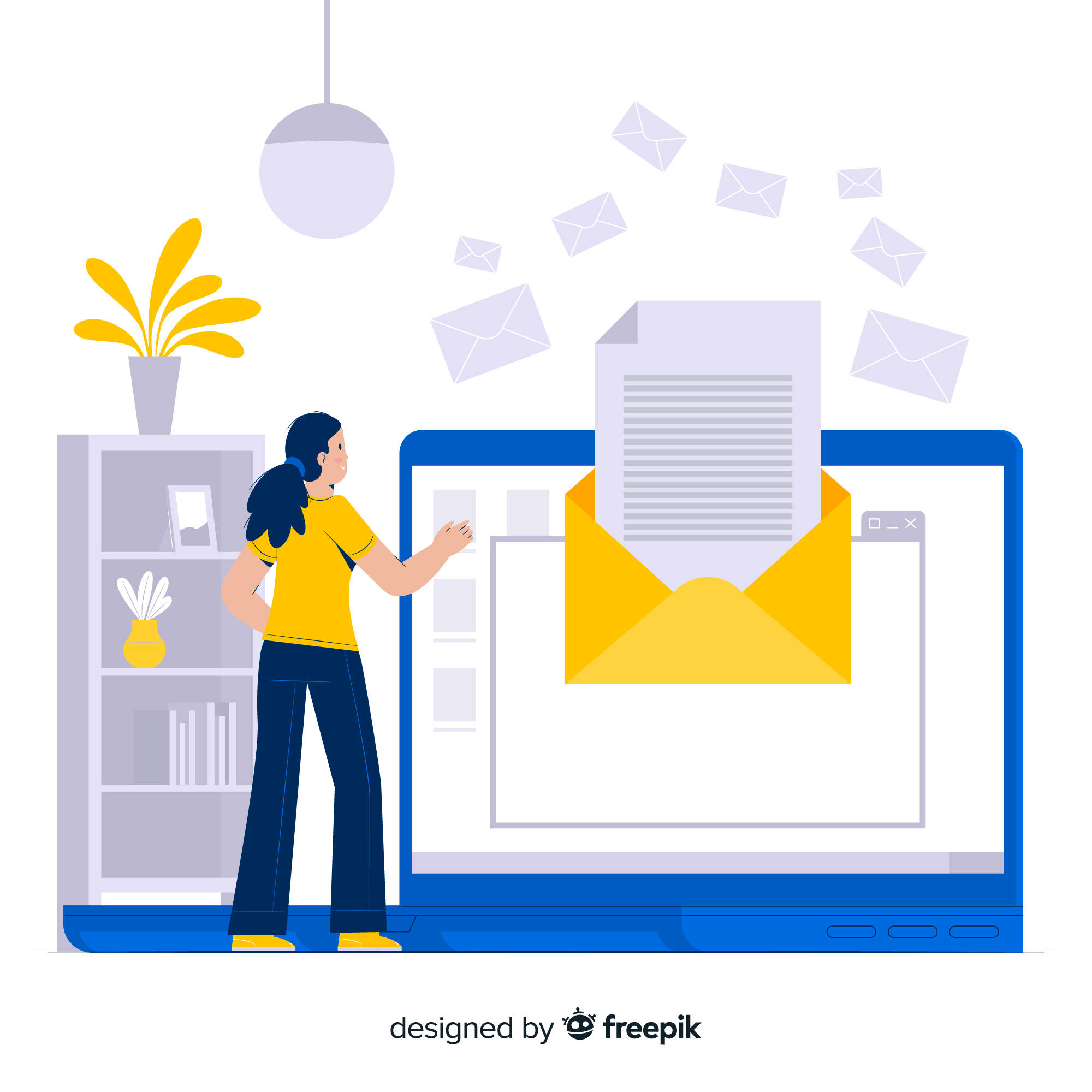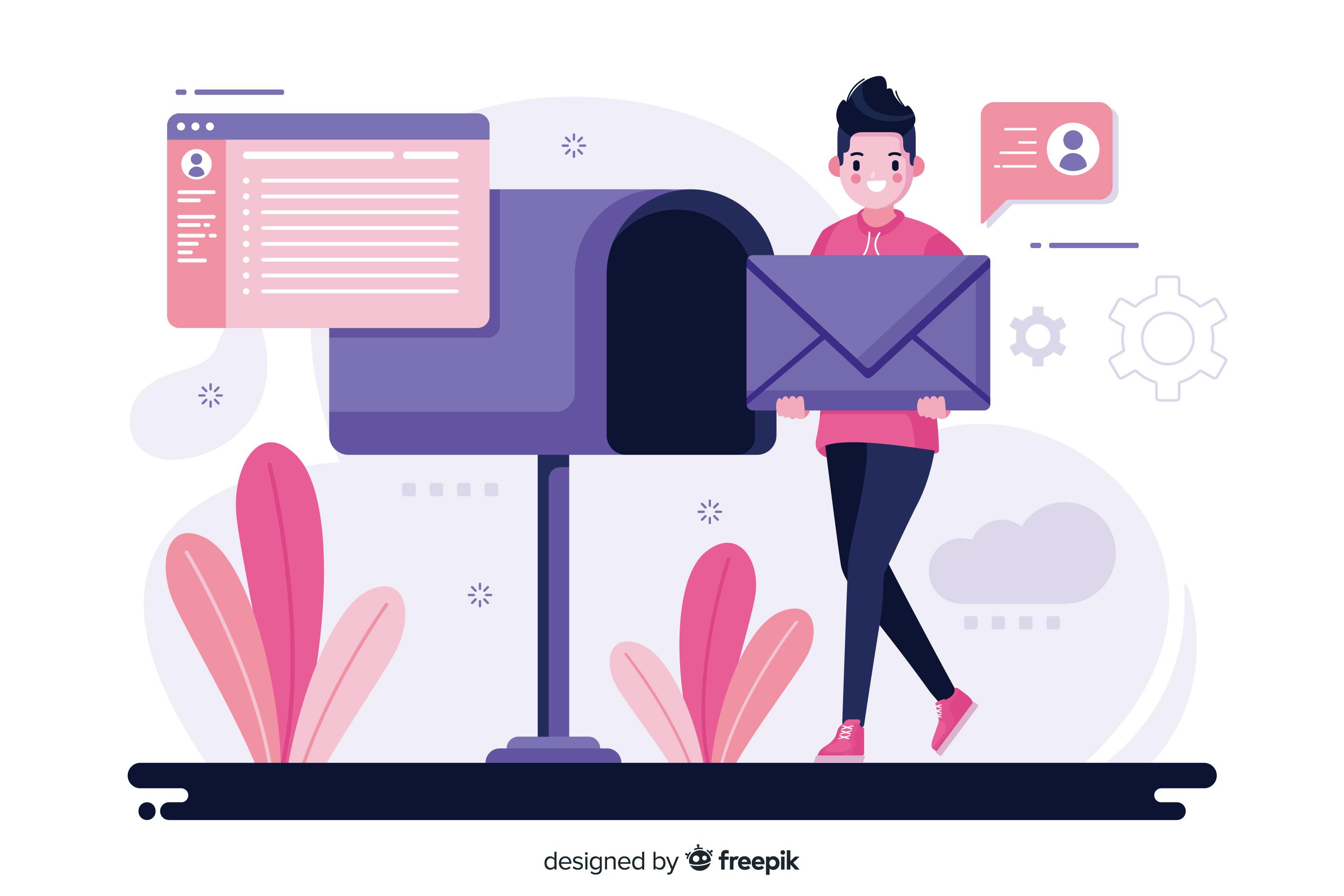Why Most Cold Emails Fail
The biggest mistake I made early on was assuming cold email was about selling. It’s not. Cold email is about starting conversations, not closing deals. When I stopped trying to sell and started trying to connect, people actually replied.
Here are the five reasons most cold emails flop:
- They start with “I” instead of “you.”
- They’re too long.
- They sound automated.
- They have no clear reason to reply.
- They don’t feel like they were written for a human being.
Once I understood this, I rebuilt my process from the ground up.
Step 1: Write Like You’re Talking to One Person
Cold emailing is one-on-one, even if you’re sending at scale. I imagine the person on the other end their role, challenges, and what might actually make them stop scrolling.
Here’s a simple structure that consistently gets replies:
Subject: Quick idea for your [project/business/team] Hey [First Name], I noticed [something specific about them or their company]. I’ve been testing a few approaches with [type of business] that improved [specific metric] by [percentage]. Would you like me to share what I did? – Varun
That’s it. No long intros. No links. No fluff. Just curiosity and value. When I send emails like this, I get genuine responses because they sound like something I would send to a peer, not a prospect.
Step 2: Personalization Without Overdoing It
Everyone says “personalize your emails,” but it’s easy to go overboard. You don’t need a paragraph of flattery or LinkedIn stalking. One small, relevant detail is enough to prove you’re not mass-blasting.
Here’s what I personalize:
- Recent activity: “Saw your post about struggling with open rates.”
- Company milestone: “Congrats on the new product launch!”
- Mutual context: “We both follow [name] thought you’d find this interesting.”
That’s all it takes. I also use tools like Lemlist and Instantly.ai to insert small, human-like personalization at scale without sounding robotic. If you want to see how I integrate those tools into my automations, I explained it in Email Automation Tools That Actually Work (After Testing 15+ Platforms).
Step 3: Keep It Short (Really Short)
When I write a cold email, my goal is to make it easy to read and even easier to reply to. I keep them under 100 words. That’s it. Long paragraphs scream “sales pitch.” Short, punchy lines make it feel like a quick note.
For example:
“Hey, I noticed you recently started using Klaviyo. I’ve been testing a few automations that helped boost open rates by 40%. Want me to send you the workflow?”
That line gets replies because it’s conversational, specific, and low-pressure.
Step 4: Follow Up (Without Being Annoying)
Most of my replies come from follow-ups, not the first email. The trick is to follow up naturally, not like a bot.
Here’s my go-to follow-up sequence:
- Day 3: A gentle nudge “Just checking if you saw this.”
- Day 7: Add value “Here’s a quick idea that might help your open rates.”
- Day 14: Close politely “Should I circle back next month?”
The third one works surprisingly well. It’s respectful and easy to reply to. If you’re afraid of sending too many follow-ups, remember: people are busy, not rude. Most just miss the first email. I explain how I track and optimize my cold outreach campaigns in Analyzing Email Campaign ROI where I show exactly how I measure engagement and conversions.
Step 5: Avoid Spam Filters Like the Plague
You can write the best cold email in the world, but if it lands in spam, it’s useless. So before every campaign, I check three things:
- Domain warm-up: I warm up new domains for 2–3 weeks using Instantly.ai.
- Send volume: Start with 20–30 emails per day and scale gradually.
- Content check: I avoid spammy words like “buy,” “free,” or “guaranteed.”
I also send plain-text emails with no images or links in the first message. It looks cleaner and builds trust with both people and spam filters. I detailed my full deliverability setup and monitoring process in How I Fixed My Deliverability Issues (and Got 98% Inbox Placement) if you want to copy my system.
Step 6: The Soft Ask That Gets Replies
Instead of ending with “Let’s schedule a call,” I use what I call the soft ask. It’s a non-threatening way to invite a reply without pressuring the reader.
For example:
- “Would you like me to send you a quick outline?”
- “Want me to share what worked for me?”
- “Is this relevant to what you’re working on right now?”
These work because they’re conversational and easy to respond to even with a simple “Sure.” Once they reply, that’s when I offer more context or schedule a chat.
Step 7: Track Everything
I track every campaign like a scientist:
- Open rates
- Reply rates
- Bounce rates
- Which follow-up got the most responses
This data helps me refine my approach each time. Sometimes a single subject line tweak can change everything.
Step 8: The Results That Changed My Mind
After refining my system over several months, here’s what my results now look like:
- Average reply rate: 25–30%
- Positive response rate: 18%
- Spam complaint rate: Under 0.3%
But the best part isn’t just the numbers — it’s the relationships. I’ve turned cold emails into long-term clients and valuable partnerships just by writing like a real person.
Final Thoughts
Cold email isn’t about tricks or templates. It’s about respect, timing, and tone. When you focus on helping instead of selling, people respond. The moment you start treating cold outreach like a conversation instead of a campaign, you’ll stop fearing it and start seeing results.
To see how I connect my cold outreach to my broader marketing system, check The Email Marketing in 2025 where I explain how outreach fits into a full email ecosystem. And if you want to dive deeper into crafting personalized, scalable cold campaigns, read Building an Engaged Email List from Scratch (Without Buying Leads) next because warm leads are still the best cold leads.



